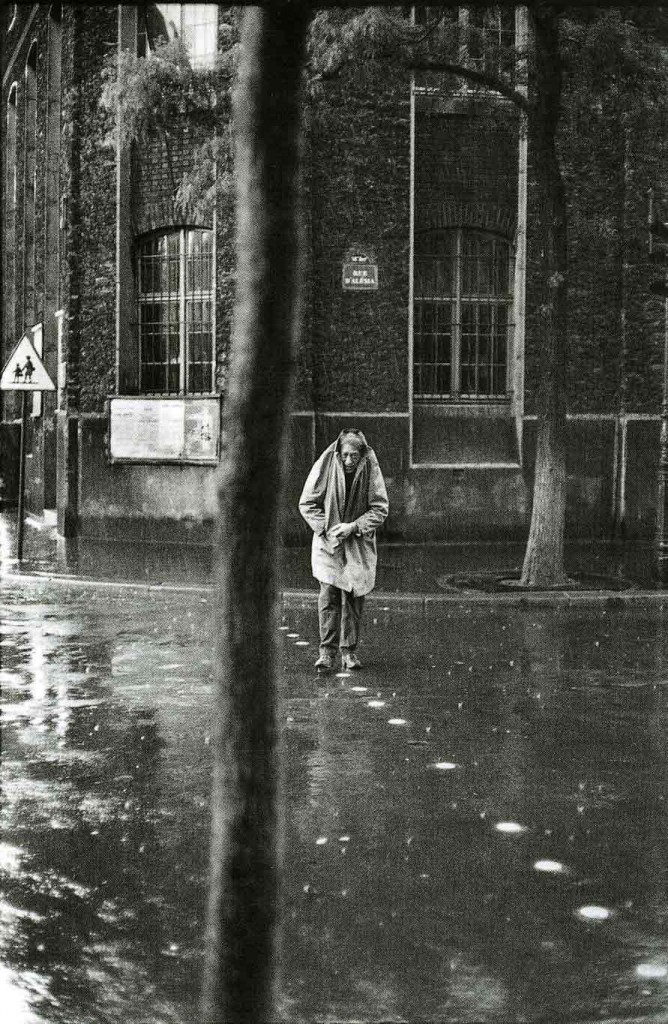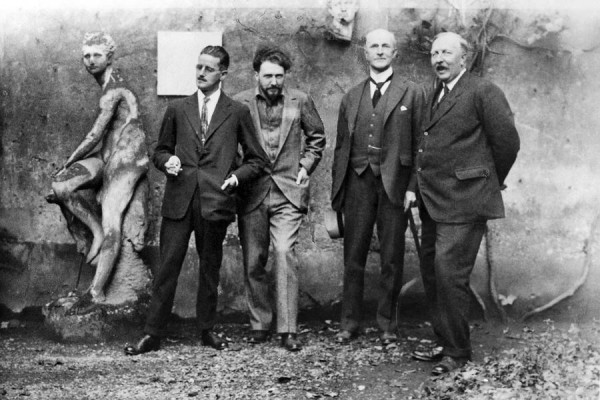Various Assumptions
The Still Lives of the Artists by Kevin Breathnach.
[PDF]
I write this essay every year and, every year, I see it morph to suit the quote that kicked it off a little better. ‘Every artist’s work changes when he dies,’ says John Berger in his essay on Giacometti. ‘And finally no one remembers what the work was like when he was alive.’ This was never as I remembered it, never as I needed it to be. What I remembered Berger saying was that death changes not the work of every artist, but the image. Berger makes his claim immediately after some remarks on Giacometti’s demeanour in a famous photograph showing him crossing the road in the rain, his coat pulled over his head for shelter. Berger says he looks ‘like a monk,’ but to me the photograph casts Giacometti closer to one of his own sculptures. It was an understandable slip of memory, in any case, and it caused no trouble in the end. I simply included the quote as I’d initially remembered it, and as usual nobody noticed. Still, I think there’s something instructive about this particular misremembering. The work of John Berger had been changed, after all, and John Berger had not died. What I know had happened to him, however, might in some way account for his essay’s curious reticence about the person who took the photograph in question. In 1994, about fifteen years before my memory experienced his work as somehow altered, John Berger had his portrait taken by Henri Cartier-Bresson. The occasion is described in Photocopies. Mid-conversation, the photographer turns away from Berger. Then quickly he returns. ‘He has picked up his camera and is looking at what is around me again. This time he clicks.’ For some photographers, collaboration with the sitter is of central importance; to Cartier-Bresson it was anathema. To be his subject was to feel one’s subjectivity dissolve. It has now been ten years since he died. Isn’t it odd? His work does not seem to have changed at all.


